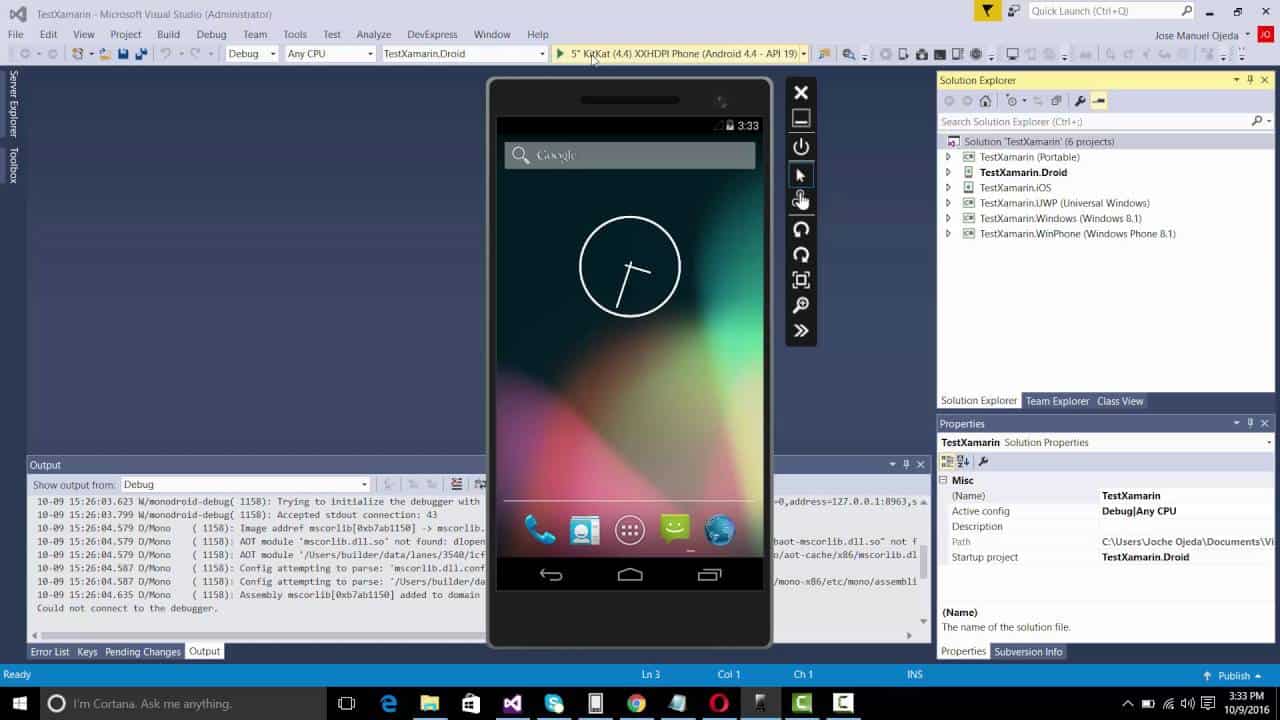

An example screenshot of the Android Emulator is displayed below. :::image type="content" source="media/debug-on-emulator/win/vs-config-selection.png" alt-text="Debug and release modes in Visual Studio along with the Play button.":::Īfter the emulator starts, Visual Studio deploys the app to the virtual device. When in release mode, you'll need to rely on app logging for debugging.Īfter you've chosen a virtual device from the Debug Target device drop-down menu, select either Debug or Release mode, then select the Play button to run the application:

Choosing Release mode disables the debugger. Choosing Debug causes the debugger to attach to the application process running inside the emulator after the app starts. Near the top of Visual Studio, there's the Solution Configurations drop-down menu that can be used to select Debug or Release mode.

For more information about how to create and configure a virtual device, see Managing virtual devices with the Android Device Manager. In this article, you'll learn how to launch the emulator from Visual Studio and run your app in a virtual device. Each one of these configurations is created as a virtual device. NET Multi-Platform App UI development workload, can be run in various configurations to simulate different Android devices. The Android Emulator, installed as part of the.


 0 kommentar(er)
0 kommentar(er)
